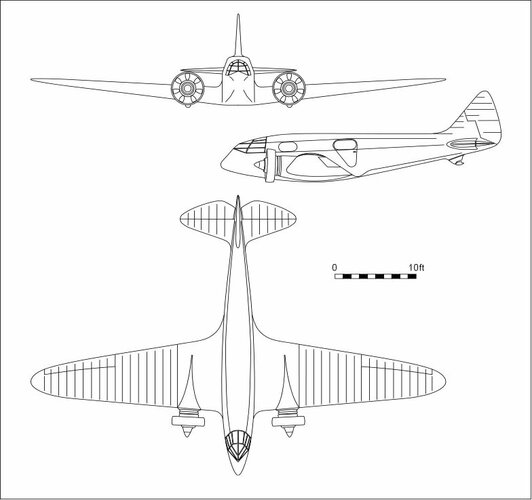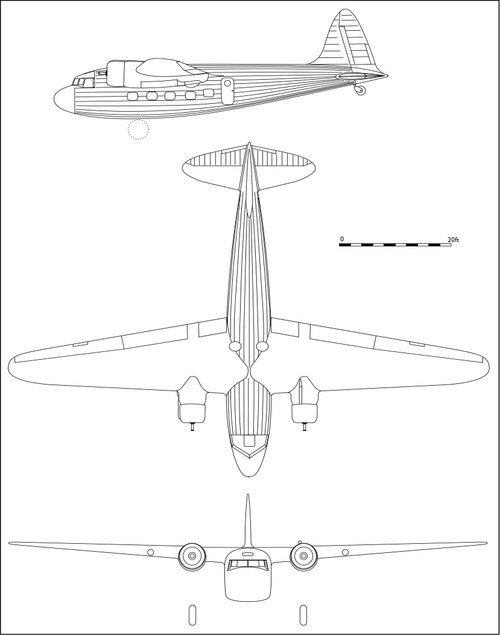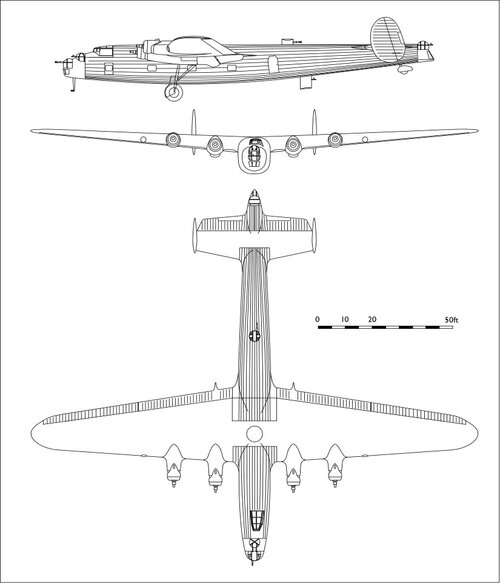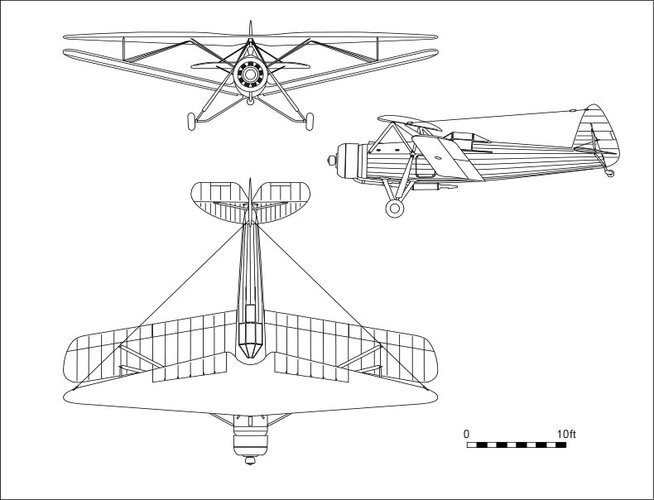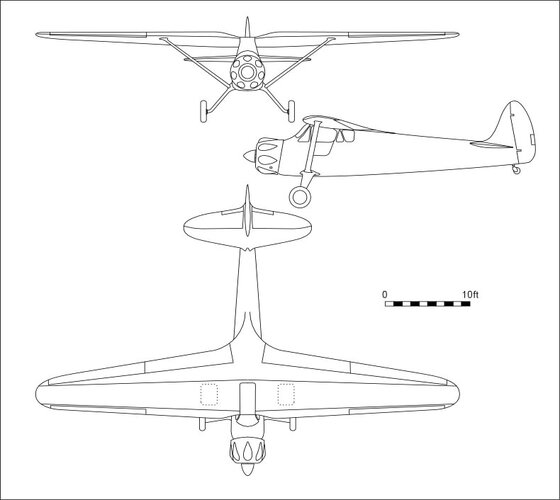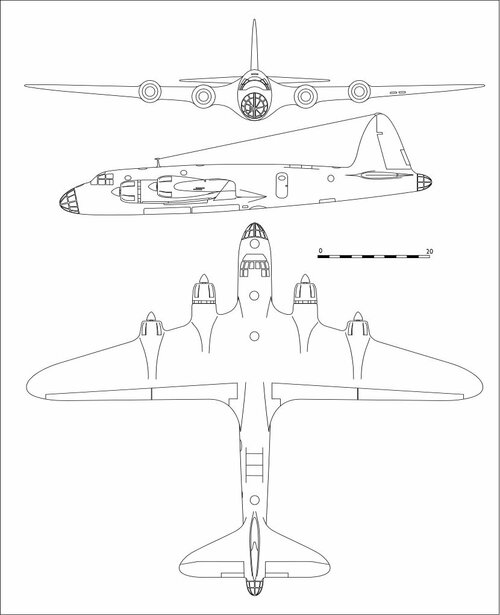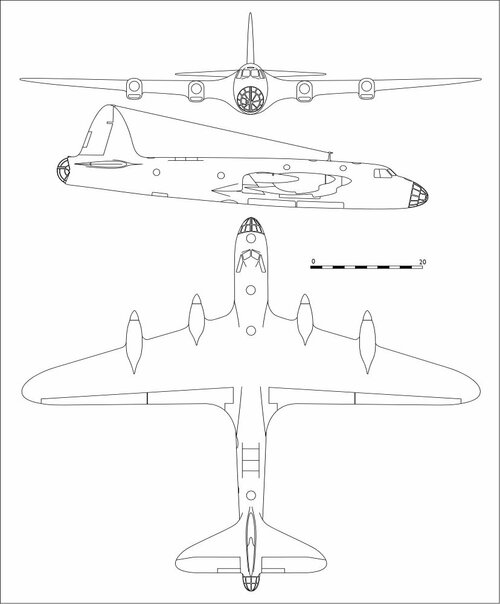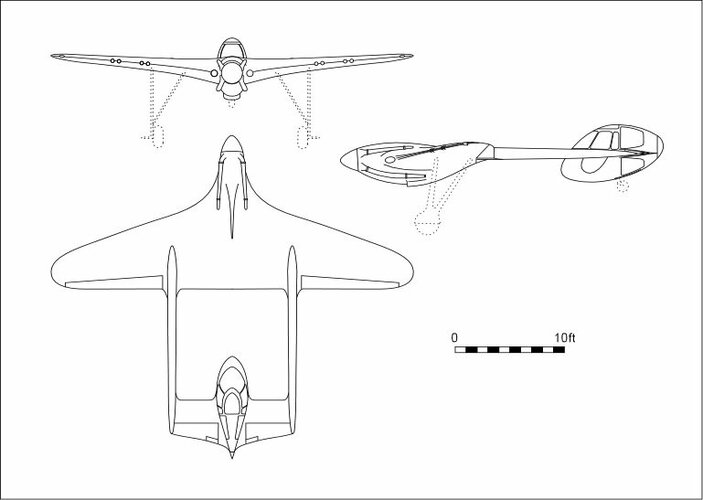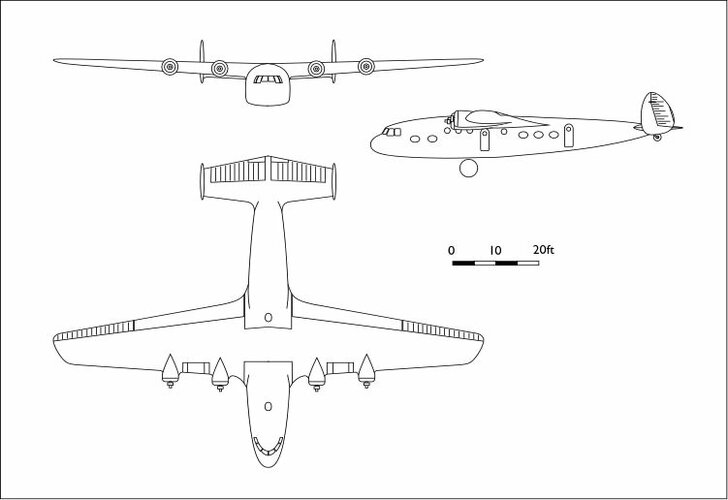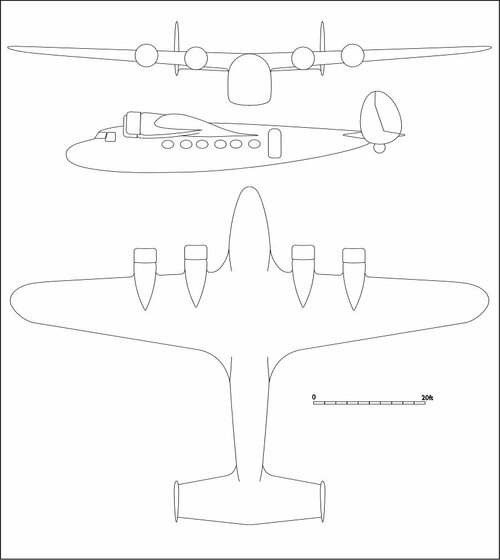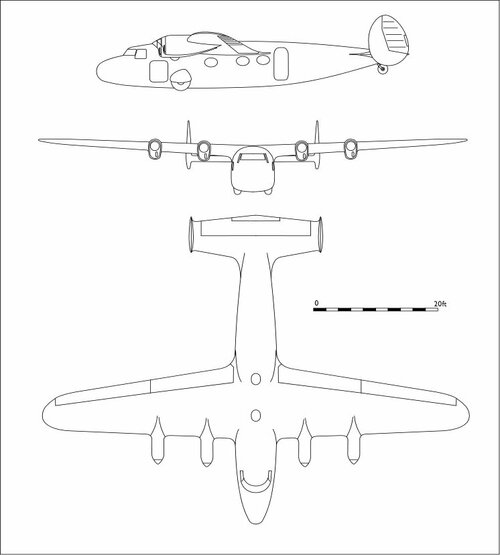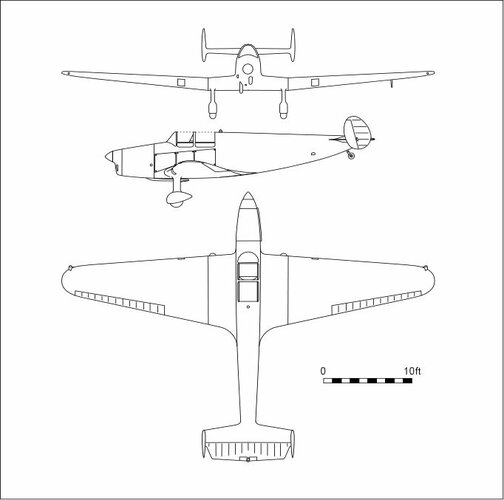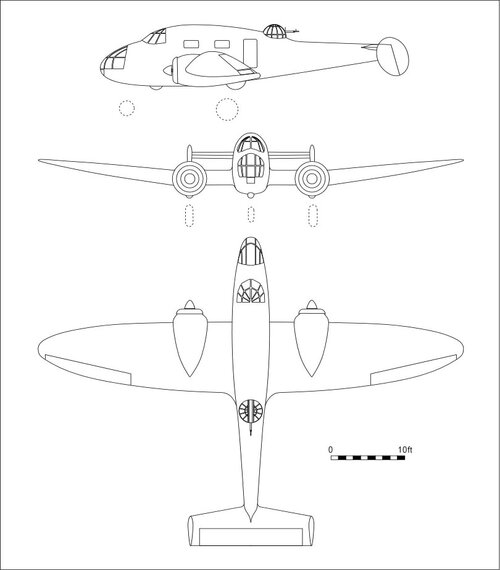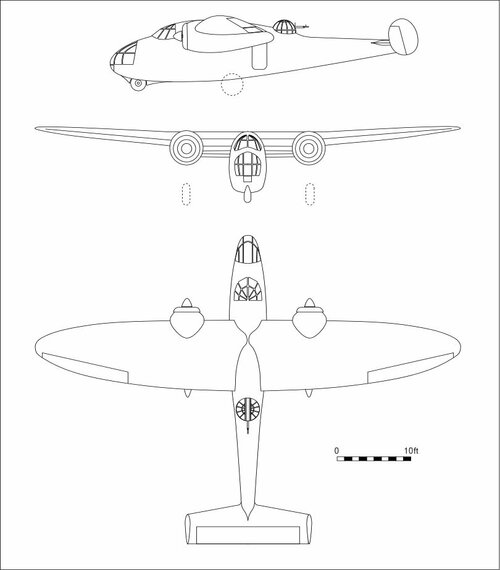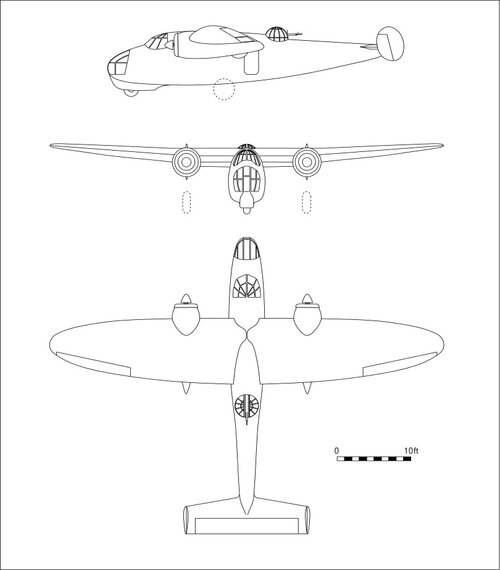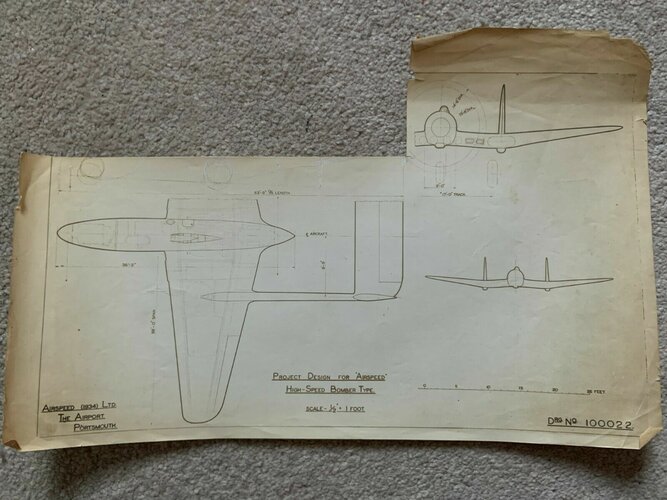- Joined
- 19 October 2012
- Messages
- 1,980
- Reaction score
- 1,926
Here’s a thread for anyone looking for info on pre-war Airspeed projects. Not much has been written or illustrated regarding the numerous projects produced by Hessel Tiltman and his team, limited, pretty much, to what can be found in;
A project listing in Flight 23rd February 1951 – Type numbers and some company artwork.
Airspeed Aircraft Since 1931 – H.A.Taylor, Putnam 1970 – a very slim volume with a few projects in an appendix
Airspeed Projects – Don Middleton, Aeroplane Monthly Dec 1981/Jan 1982 – a bit more information, anecdotal but still rather limited.
Rather than repeat what is in those here I recommend you seek them out if interested.
However, going back to the original GA drawing blueprints a little more can be added to these sources. Tiltman liked to produce his GA drawings with the side view at one scale and the plan and front views at a smaller scale. When these are adjusted to a common scale numerous mismatches are apparent; on one large project the discrepancies in layout can reach 3 feet or more. For the compiled drawings that follow I have assumed that the larger side view is likely to be the more accurate and have adjusted the others to match. If other more detailed drawings of individual parts are available I have assumed that these are also more accurate.
As far as I can see there were three distinct GA drawing numbering systems in use through the 1930s. The early projects have drawing numbers that conform to the project numbers, so project A.S.14 has drawing numbers 14-1 sht1, 14-5 and so on. A second series of drawings start with M and appear to be numerically sequential .They overlap with the first; the lowest I have seen is M305 (for the A.S.14), and the highest M607. Finally, for the later projects a new system was introduced, again starting with the project number. So, A.S.33 has drawing numbers starting with 33, as in 3301001.
You will find bits regarding some of these projects dotted around in other threads but as I have new information and additional projects with new drawings to show I prefer to keep them all together here. So, here we go
A project listing in Flight 23rd February 1951 – Type numbers and some company artwork.
Airspeed Aircraft Since 1931 – H.A.Taylor, Putnam 1970 – a very slim volume with a few projects in an appendix
Airspeed Projects – Don Middleton, Aeroplane Monthly Dec 1981/Jan 1982 – a bit more information, anecdotal but still rather limited.
Rather than repeat what is in those here I recommend you seek them out if interested.
However, going back to the original GA drawing blueprints a little more can be added to these sources. Tiltman liked to produce his GA drawings with the side view at one scale and the plan and front views at a smaller scale. When these are adjusted to a common scale numerous mismatches are apparent; on one large project the discrepancies in layout can reach 3 feet or more. For the compiled drawings that follow I have assumed that the larger side view is likely to be the more accurate and have adjusted the others to match. If other more detailed drawings of individual parts are available I have assumed that these are also more accurate.
As far as I can see there were three distinct GA drawing numbering systems in use through the 1930s. The early projects have drawing numbers that conform to the project numbers, so project A.S.14 has drawing numbers 14-1 sht1, 14-5 and so on. A second series of drawings start with M and appear to be numerically sequential .They overlap with the first; the lowest I have seen is M305 (for the A.S.14), and the highest M607. Finally, for the later projects a new system was introduced, again starting with the project number. So, A.S.33 has drawing numbers starting with 33, as in 3301001.
You will find bits regarding some of these projects dotted around in other threads but as I have new information and additional projects with new drawings to show I prefer to keep them all together here. So, here we go
Last edited:

